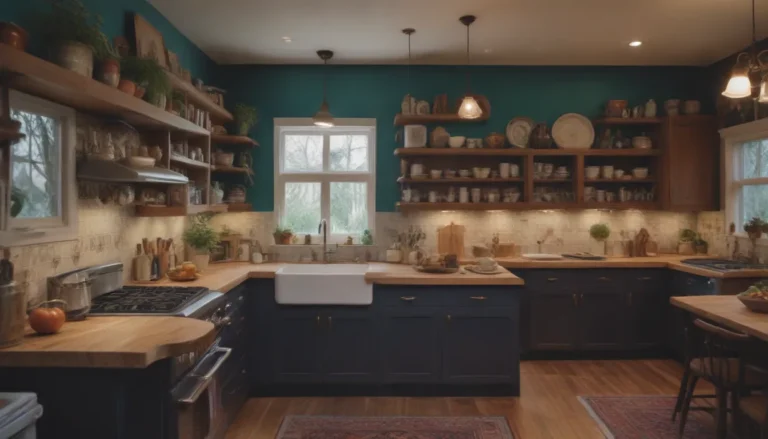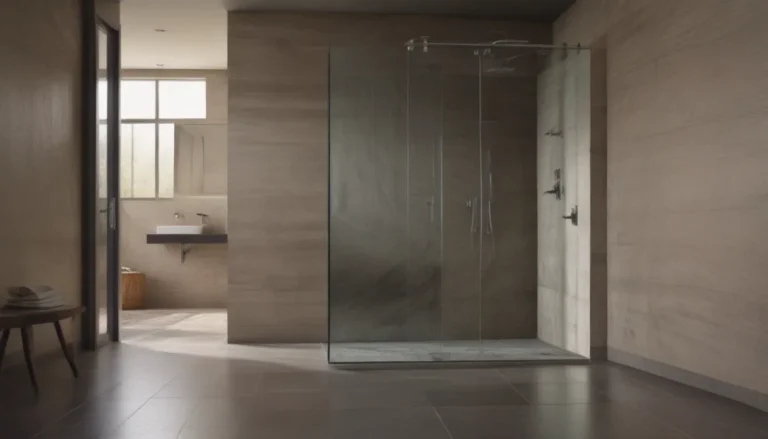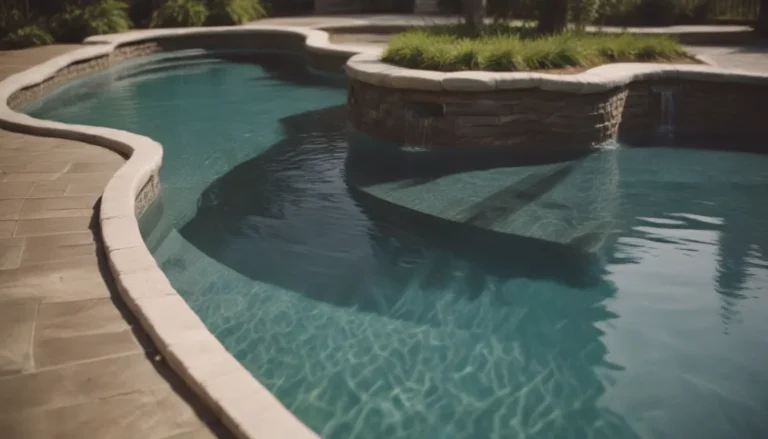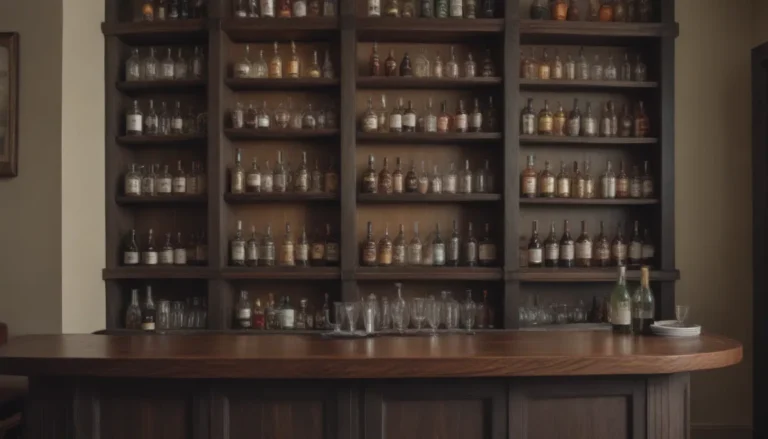Unlocking the Mystery of Paint Color Undertones in Your Home Design
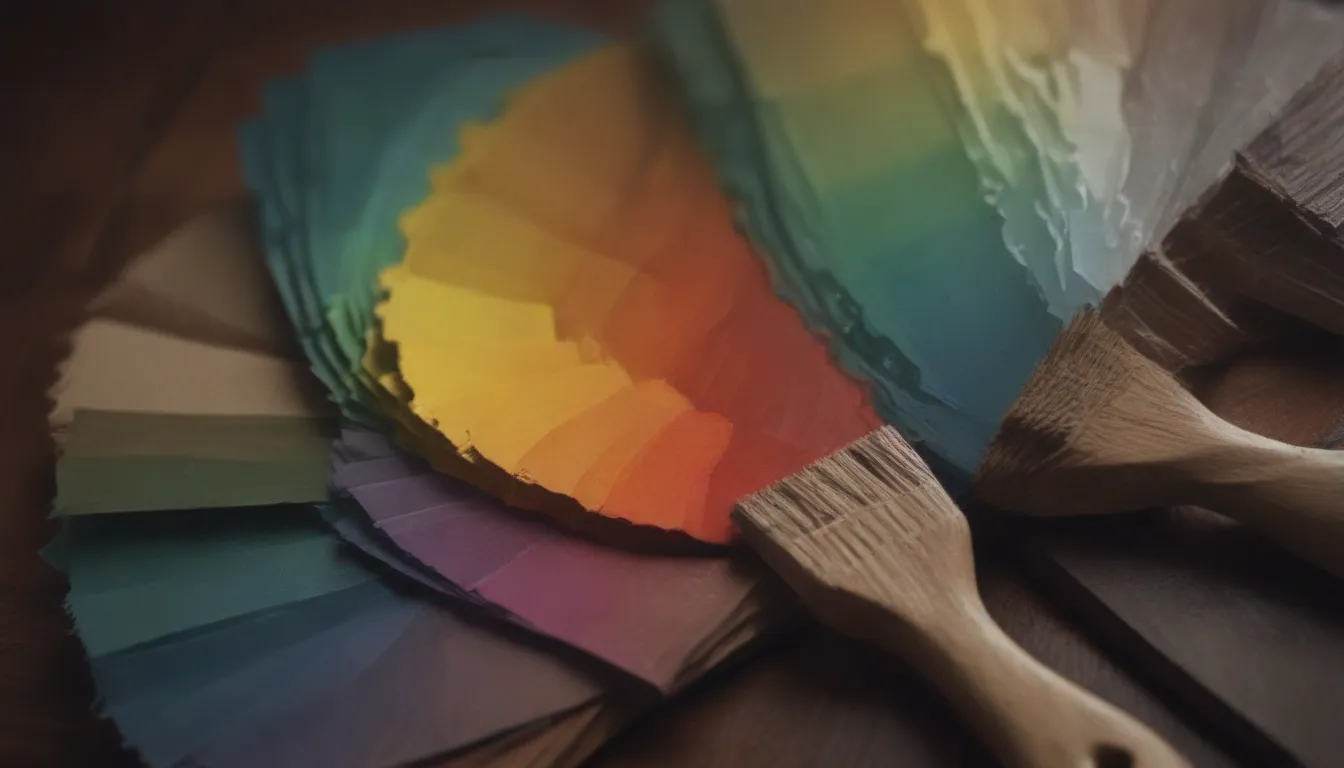
Have you ever painted a room only to find that the color didn’t quite match your vision? Maybe the blue you chose ended up looking greenish or the beige turned out to have a pink hue. Understanding undertones in paint colors is essential for creating a cohesive color scheme that truly reflects your style and preferences. In this guide, we will delve deeper into the world of color undertones and how you can identify them to achieve the perfect look for your home.
Decoding Color Undertones: The Key to Successful Color Schemes
Color undertones are like the secret language of colors that can make or break your design decisions. While the main color you see on the surface is known as the masstone, the undertone is the subtle hint of another color that lies beneath the surface. It’s the undertone that can influence how colors interact with each other and how they look in different lighting conditions.
To identify undertones in paint colors, follow these steps:
- Compare it to a True Color: The quickest way to determine an undertone is to compare it to a color that you know to be a true representation of that hue. For example, if you’re trying to figure out the undertone of a red paint, compare it to a true red swatch.
- Use a Color Wheel: If you’re unsure about the purity of a color, refer to a color wheel to find the closest true match for comparison.
- Sample Colors in Your Home: Paint small swatches of the colors you’re considering on your walls to see how they look in your specific lighting conditions. Factors like flooring, furniture, and natural light can all impact how undertones appear.
- Adjust Lighting: If you’re unhappy with the undertone of a painted wall, try changing the lighting in the room. Different light bulbs can affect how colors are perceived, so experimenting with warm, cool, or natural light can make a big difference.
Tackling Common Undertone Challenges in Paint Colors
Some undertones, like pink and green, can be particularly tricky to work with in a color scheme. Here’s how to navigate these challenges:
- Green Undertones: Green undertones can sneak up on you, especially in neutral colors like gray or beige. To counterbalance green undertones, opt for warmer wall colors with yellow or red undertones. This can help create a harmonious look, especially when paired with warm-toned wood accents.
- Pink Undertones: Pink undertones can unexpectedly appear in taupe and beige colors, causing them to clash with cooler hues like green, blue, or violet. If you notice a pink hue in your neutral color, switch to a warm yellow undertone for a more balanced look.
Simplifying the Process: Tips for Managing Paint Color Undertones
You don’t need to be a color theory expert to handle undertones effectively. Here are some easy tips to manage undertones in your color scheme:
- Adjust Color Temperatures: If you notice unwanted undertones in your colors, try switching to warmer or cooler tones to balance out the overall look.
- Trust Your Instincts: Sometimes, a simple adjustment based on what looks right to you can solve any undertone issues. Trust your eye for color and make changes accordingly.
- Experiment and Refine: Don’t be afraid to experiment with different colors and combinations. It’s all part of the creative process, and refining your choices can lead to a more cohesive and visually pleasing result.
By understanding and mastering paint color undertones, you can confidently create a color scheme that reflects your personal style and enhances the atmosphere of your home. Remember, when it comes to choosing paint colors, the key is to trust your instincts and have fun with the process. With a little knowledge and experimentation, you can transform your space into a vibrant and inviting environment that truly feels like home.
